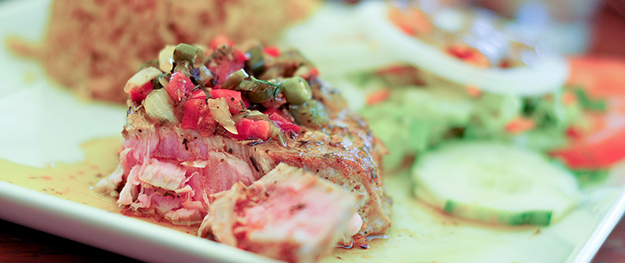Artificial Meat dishes created by 3D printer, the use of micro-algae, use of insect flour, “Cosmetofood” use of nano-technology … the list of technological breakthroughs landing on our plate is long. This revolution will it be at the expense of taste and culinary know-how? Or, conversely, the leaders will they master these new techniques to preserve and develop existing skills?
Should we worry? new technologies employed are designed primarily to deal with shortages, cost, ease of packaging, or other considerations that are not those of taste immediately.
The challenges agricultural systems and the food industry are preparing are significant fact: population growth anticipated 9 billion (or 11), or about 2.5 billion more by 2050, urbanization, and nutritional transition resulting in greater meat consumption in emerging countries, climate change
Nanotechnology for food more “successful”
An example:. using nanotechnology is becoming more common in the food industry. With all the concern that it may legitimately raise. Nanotechnology is indeed increasingly used to improve safety, traceability and shelf life of food products. They are integrated for example in packages to improve their impermeability , protect the product from UV, microbes, odors or moisture.

Nanotechnology is also used in the foods themselves to enhance their flavors, change certain nutritional effects, reduce fat and calories, or increase vitamins and proteins.
The active oil Shemen Industries allows for example to limit the entry of cholesterol in the blood, chocolate firm RBC LifeSciences is slightly sweet without altering its taste, and food substitute Nanotrim of Nanonutra helps burn fat.
Other innovations are designed to reduce waste, such as “fruit leather” designed from dehydrated fruit purée and intended primarily for food manufacturers, professional catering, pastry chefs and caterers to create edible and safe packaging. It seems far from the taste of the culture.
The local, sustainable … very trendy among our chefs
Many heads are far from being skeptical of these new ingredients and technologies but above all cultivate innovation based on traditional skills.
Alléno chief founding member of the Culinary College de France, is emblematic of this approach among the very top chefs. He fights all, he said, for “reinvent the dishes of traditional cuisine” into a powerful inspiration from local produce “to build bridges between classicism and modernity” .
Passionné its innovative culinary research work is to “evolution measured, thoughtful, everything has to please and do not intrigue the greedy eater looking for emotions” .
D’autres leaders embark on them actively in the most radical research efforts
No comments:
Post a Comment